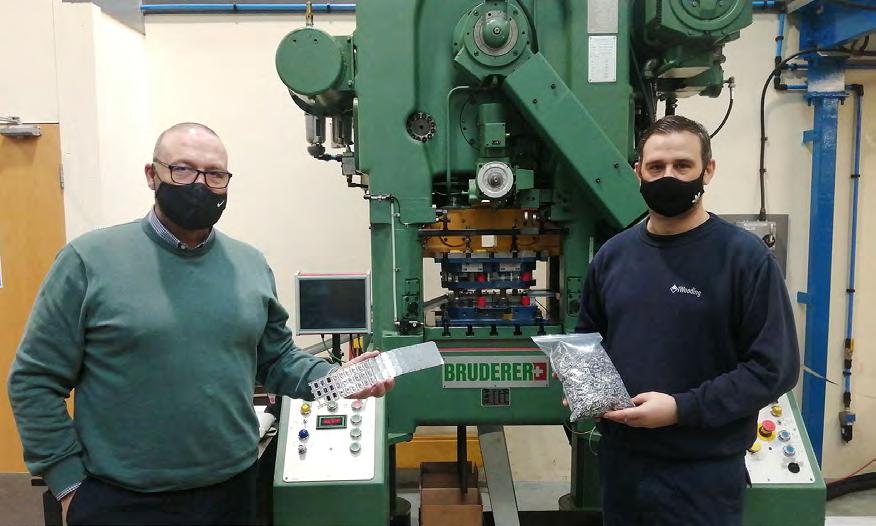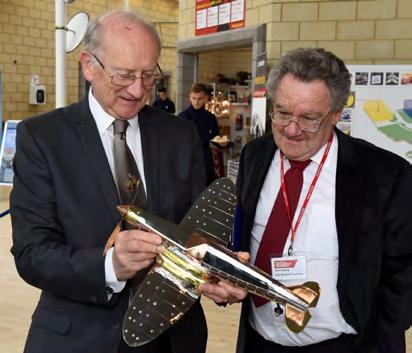Tightening the fastener choice for sheet metal
Sven Brehler, Engineering Project Manager, TR Fastenings There are as many joining methods as there are sheet metal applications. Selecting the best fastener for an application might not be the best fastener for assembly or disassembly. In most cases fasteners are selected based on a range of factors including physical performance, designers experience with a technology, used installation methods within the manufacturing environment, available sizes and lengths as well as piece price and overall cost.
the nut or thread to increase pressure within the thread. The retention does not address the function of the joint. Most bolted joints are designed to be friction-grip joints: the preload in the bolt presses the sheet metal components together with such a magnitude that the friction between the components is enough to withstand forces along the sheet metal. If the forces along the metal sheets exceed the friction forces, the joint will slip, and the bolted joint will be subjected to shear forces. Henceforth the joint becoming practically a shear joint.
The most recognizable method of joining two parts together would be with bolt and nut connections. Bolt-nut connections are generally used for detachable mounting of components and sheet metal parts. A nut is retained based on creating sufficient friction within the thread and between the interfaces of the fastener and sheet metal. The preload is created by stretching the bolt during tightening up. A relatively longer bolt can stretch more than a short bolt and is therefore better capable in retaining a nut by friction alone. Because of this, standard nuts and bolts are not always the best solution for joining sheet metal.
Accurate tightening and creating of pre-load functions better with longer than with shorter bolts and is therefore more suited in heavy laden dynamic applications with components with greater thickness. Lockbolts can be a permanent solution if joints are not subject to maintenance. A metal ring is squeezed around a pin with helical or annular grooves, thereby providing a continuous pre-load. The fasteners do however need access from both sides.
There are multiple methods to improving the retention of nuts onto bolts, such as the application of polymeric patches on the screw, which fills the cavities between the two mating threads. Similarly, a nylon ring attached to the nut will provide a light interference between the thread and the polymer. Other options can be mechanical deformation of
Single sided access can improve assembly efficiency or even might be a requirement due to difficulty to reach both sides of the application. Blind rivets have been specifically designed to allow single sided access. Most designs are based
15







